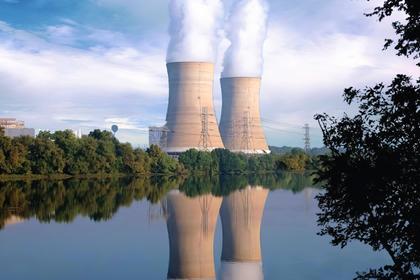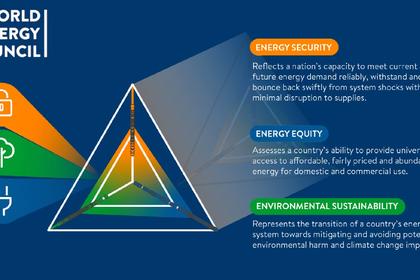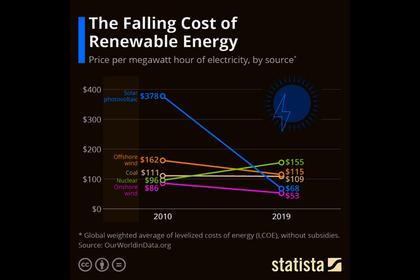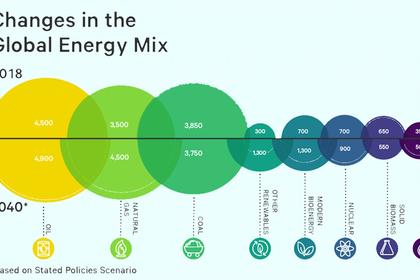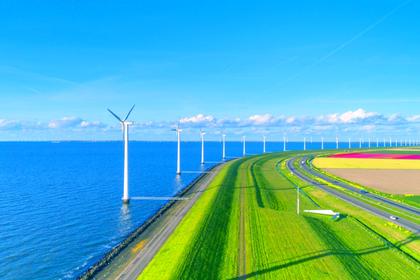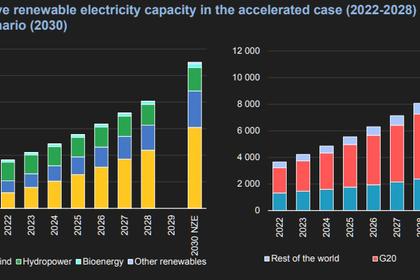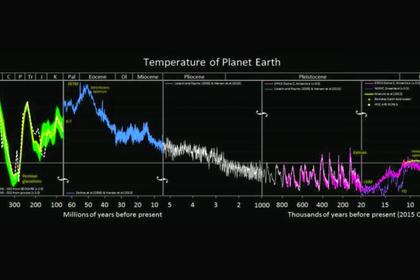
THE BIG RENEWABLE LIE
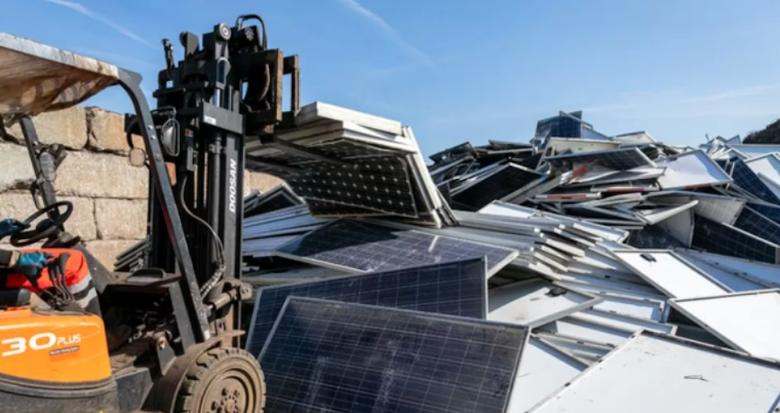
By Ed Reid Vice President, Marketing (Retired) / Executive Director (Retired) / President (Retired), Columbia Gas Distribution Companies / American Gas Cooling Center / Fire to Ice, Inc.
ENERGYCENTRAL - Oct 21, 2024 - The solar and wind industries and their government and NGO supporters continually assert that a renewable plus storage grid would be more economical and more resilient than the current grid. Both assertions are demonstrably false. These assertions are not merely misinformation. Rather, they are intentional disinformation.
Solar and wind generation facilities are approximately the same capital cost per unit of rated capacity as fossil fueled generation facilities. However, the renewable generators have a capacity factor approximately one third the capacity factor of the fossil generation facilities. Therefore, the renewable generation installed capacity must be significantly greater to produce the same annualized electricity output. Instantaneous renewable generator output in excess of contemporaneous demand must be stored for use when renewable generator output is less than contemporaneous demand. The installed cost of electricity storage is currently 7-10 times the cost of generation capacity.
During periods of peak grid demand, the entire rated capacity of the renewable generation facilities would be required to meet demand, even though the renewable generators might not be operating due to weather conditions. During such periods, storage would be required to supply any output deficiency, for whatever period required. Storage would also be required to compensate for seasonal variations in renewable generator output, which could persist for several weeks.
Also, the useful lives of solar and wind generators are approximately one quarter to one half of the useful lives of the fossil generators they would displace, requiring replacement in 20-30 years. The useful life of storage capacity varies significantly depending on the storage technology employed, but battery storage would require replacement in 10-15 years.
The resilience of renewable generation and storage facilities is also questionable. Entire solar generation arrays have been destroyed by hailstorms. Wind generators have been destroyed by lightning strikes and tornadoes. Near shore and offshore wind turbines have yet to demonstrate their ability to withstand hurricanes and Nor’easters along the US Atlantic coast. Battery storage systems have experienced spontaneous fires which have destroyed one or more batteries.
Solar collector arrays produce no output for two thirds of the day, and their output varies uncontrollably as the result of varying cloud cover, rain and snow. Wind turbines also produce little or no output for two thirds of the day, though less predictably, and their output varies with wind speed and can drop to zero very rapidly. Wind turbines also must be shut down when wind speeds exceed their rated speeds, as would be the case during many thunderstorms, tornadoes, hurricanes and Nor’easters. Wind turbines can also be affected by snow and ice accumulations on their blades.
The resilience of the current grid is dependent upon the ability of the existing conventional generation capacity to ramp output to compensation for fluctuations in renewable generator output. However, conventional generation capacity is being retired faster than additional renewable generation capacity is being installed and far faster than additional electricity storage capacity is being installed. This issue is compounded by the rapid increase in grid demand resulting from data center and AI demand growth and the progressive electrification of the current fossil fuel applications including vehicle fuels, home heating and water heating and industrial process applications.
-----
Earlier:
